Your vital organs—screened
Scan your body for potential cancer and 500+ conditions in up to 13 organs.




Our scan is designed to










"A large part of the credit for this great prognosis goes to early detection: given that the tumor was found so early, it was easier to remove surgically, and any spread is unlikely"

Most people diagnosed with cancer twice can’t say cancer and lucky in the same sentence. I'm so thankful to have caught these cancers early.



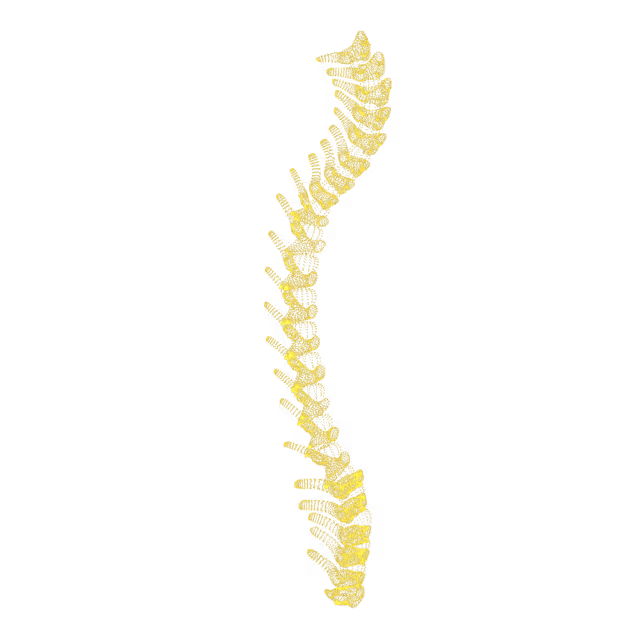
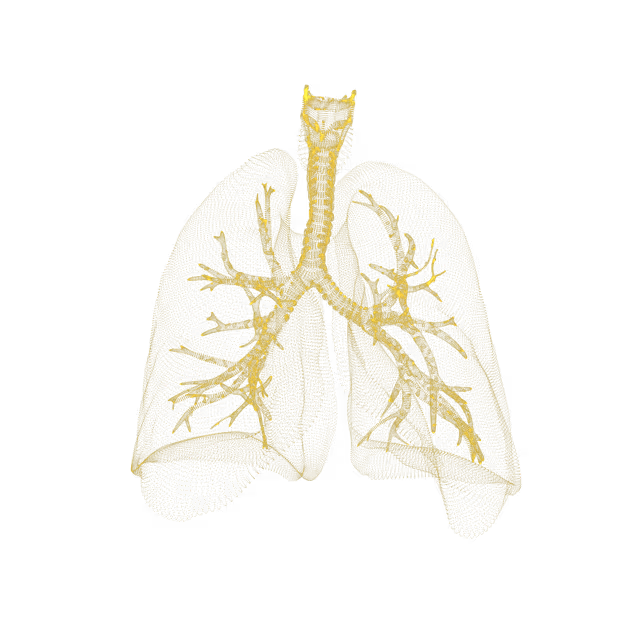
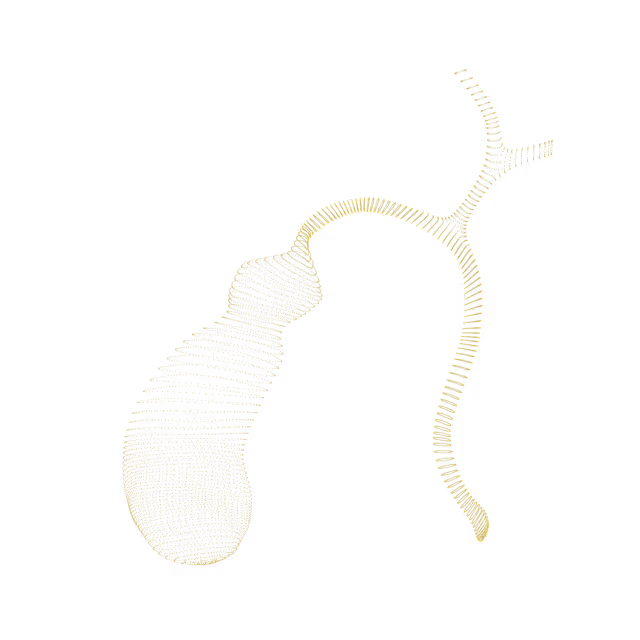
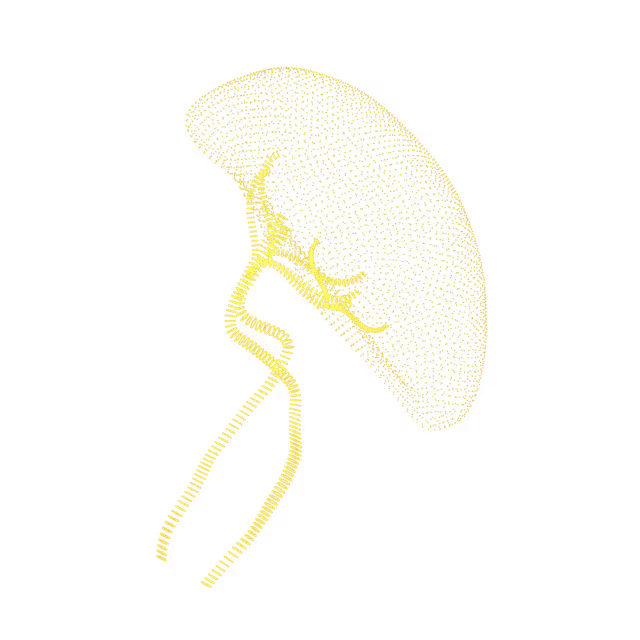
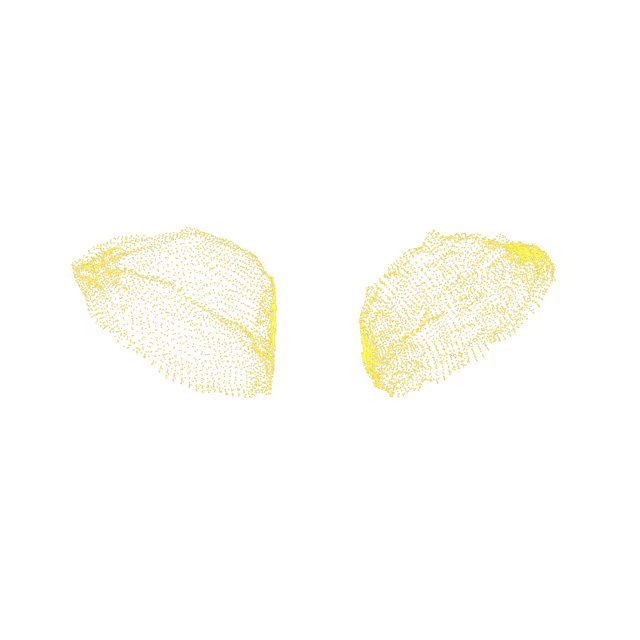
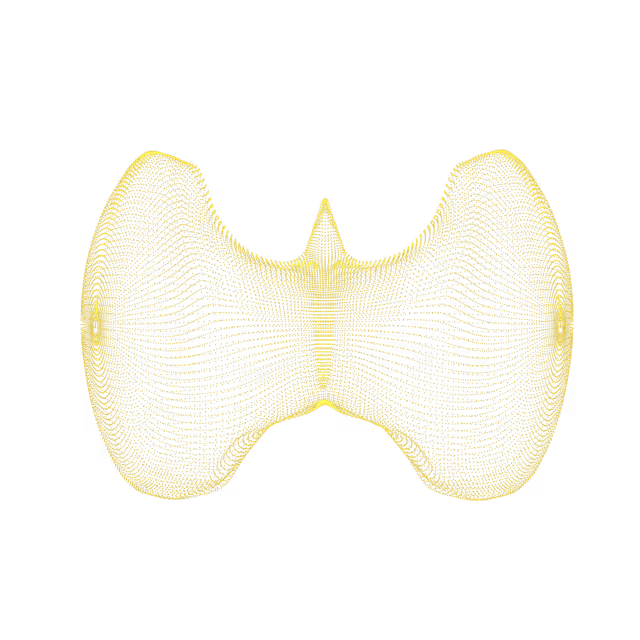
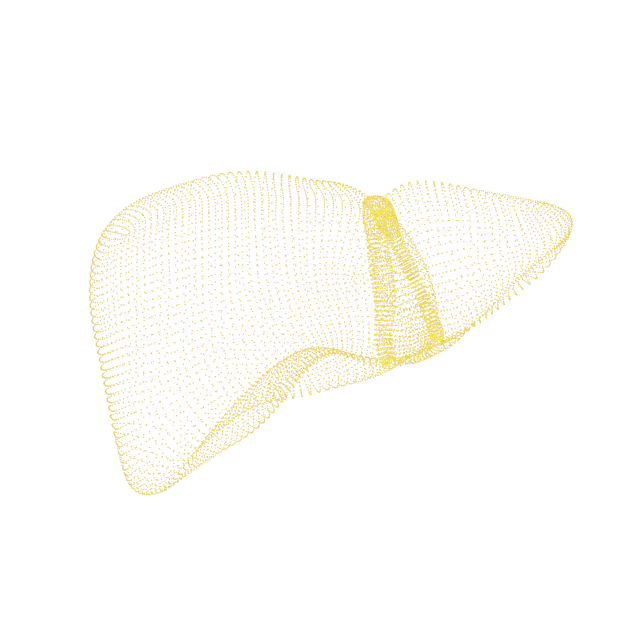
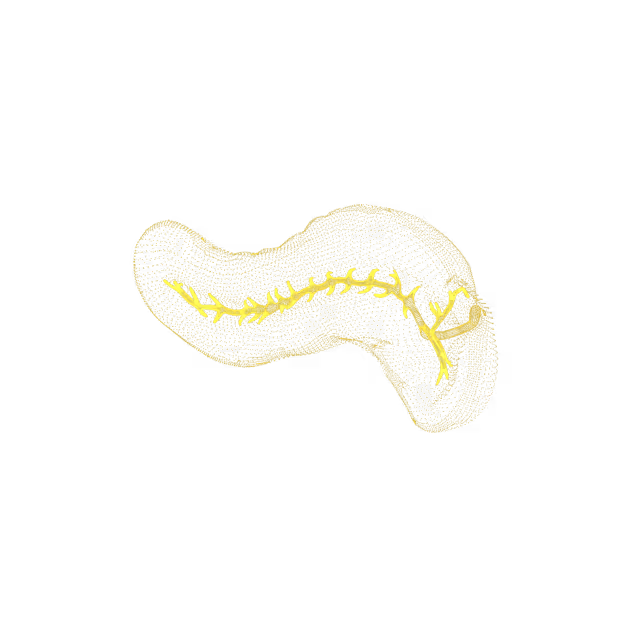
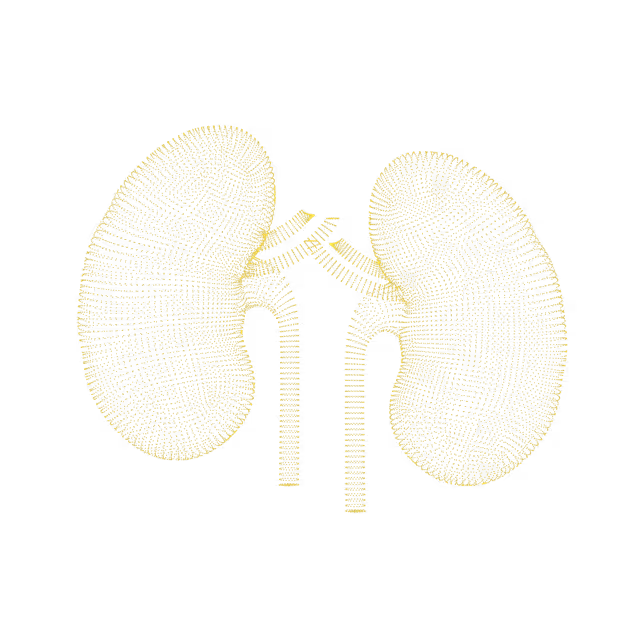
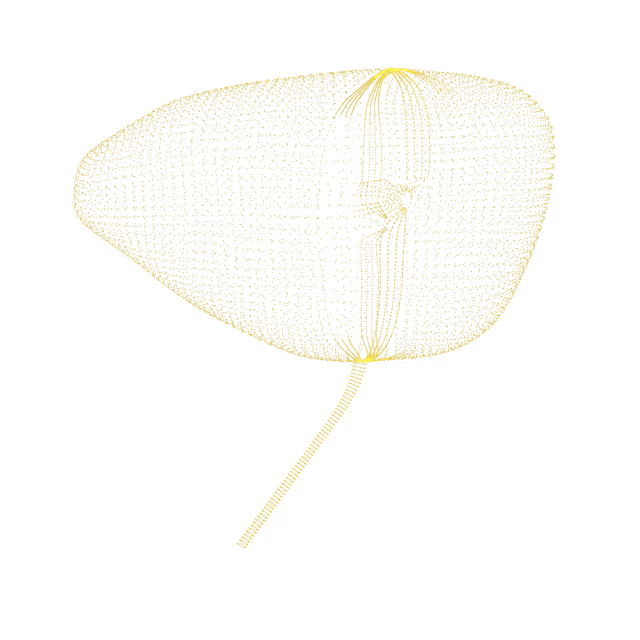
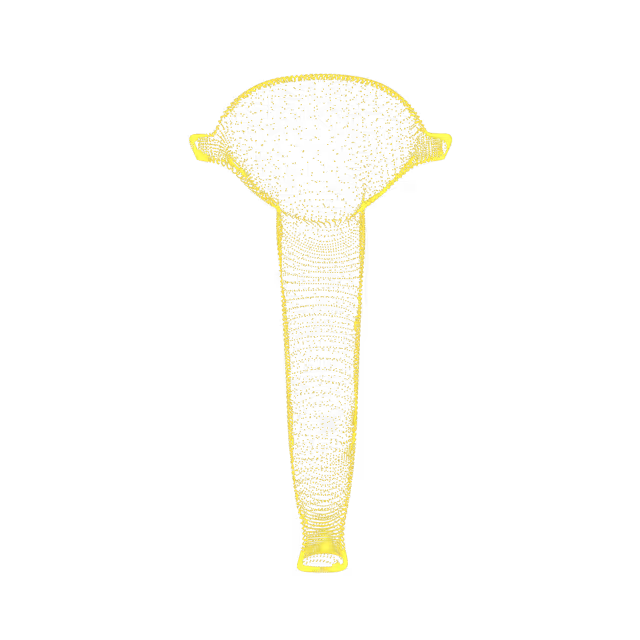
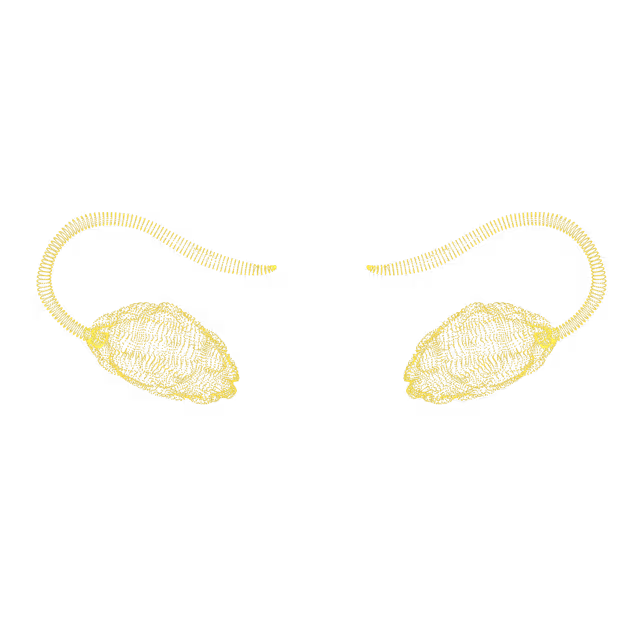
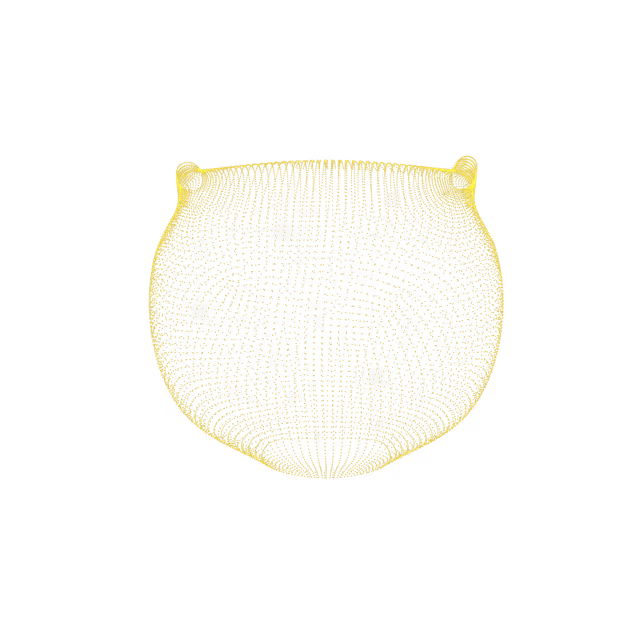

Thyroid nodules are solid or fluid-filled lumps that form within the thyroid, a small gland located at the front base of the neck. They are common and usually benign (non-cancerous), but because of the possibility of malignancy (cancerous), they do need follow-up and possibly biopsy (tissue sampling).
Vallecula refers to the anatomic depression (space) between the base of the tongue and the epiglottis (the leaf-shaped flap of tissue in the throat that prevents food from entering the windpipe and the lungs). The function of the vallecula is to serve as a trap for saliva and occasionally food. Vallecula cysts are benign (non-cancerous) retention cysts of the minor salivary glands in the vallecula and base of the tongue. They are usually asymptomatic (do not cause symptoms), but large growths can sometimes cause a sensation of fullness or discomfort. While asymptomatic cysts do not require treatment, marsupialization (a surgical procedure to remove the cyst) may be indicated for those that cause symptoms.
The vocal cords are folds in the voice box (larynx) that open to let air into the lungs. When the vocal cords look thicker than usual or asymmetric on imaging, this can be associated with vocal cord dysfunction - when the vocal cords do not open normally. Vocal cord dysfunction symptoms can include difficulty breathing or speaking and coughing. The causes vary, and can include post nasal drip, acid reflux and vocal cord nerve paralysis (i.e. nerve damage).
Supraclavicular refers to the hollow space just above the clavicle (collarbone). Lymph nodes are small bean-shaped structures that are part of the body's immune system. Lymph nodes filter substances that travel through the lymphatic fluid, and they contain lymphocytes (white blood cells) that help the body fight infection and disease. There are hundreds of lymph nodes found throughout the body. Sometimes lymph nodes are noted on imaging to be prominent (enlarged) and reactive (appearing swollen). Anything that causes inflammation can cause prominent lymph nodes. Most often this is from a viral infection or injury; other less common causes include bacterial infection, malignancy, autoimmune disorders, as well as medications.
The epiglottis is the leaf-shaped flap of tissue in the throat that prevents food from entering the windpipe and the lungs. Based on your MRI images, there is a mass (growth) at the base of the epiglottis. To determine exactly what this mass is, further imaging is needed.
Vocal cord paralysis occurs when the nerve impulses to the voice box (larynx) are disrupted. This results in paralysis of the vocal cord muscles. In most cases of vocal cord paralysis, only one vocal cord is paralyzed. Vocal cord paralysis can affect the ability to speak and even breathe. Vocal cords not only produce sound, but they also protect the airway by preventing food, drink and even saliva from entering the windpipe (trachea) which could cause choking. When vocal cord paralysis has been diagnosed, a cause should be actively sought. Possible causes include nerve damage during surgery, viral infections and certain cancers.
The petrous bone is one part of the temporal bone, a major part of the skull that helps form the sides and base of the skull. Usually the petrous bone is completely solid but sometimes it can be “pneumatized” (have air spaces).
The scalp refers to the layers of skin and tissue that cover the head. Cutaneous (skin) nodules are abnormal growths of tissue on or in the skin. They may be non-cancerous (e.g. lipoma, cyst, abscess, hematoma) or malignant (cancerous).
An incisive canal cyst (also called nasopalatine duct cyst) is a small fluid collection in the palate (roof of the mouth). This is an benign developmental variant,
Staphyloma is the term for a thinning of the outer, white coat of the eye (the sclera).


© 2025 Ezra